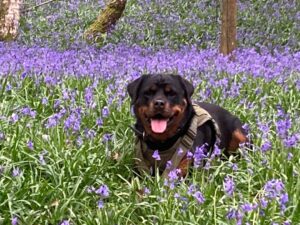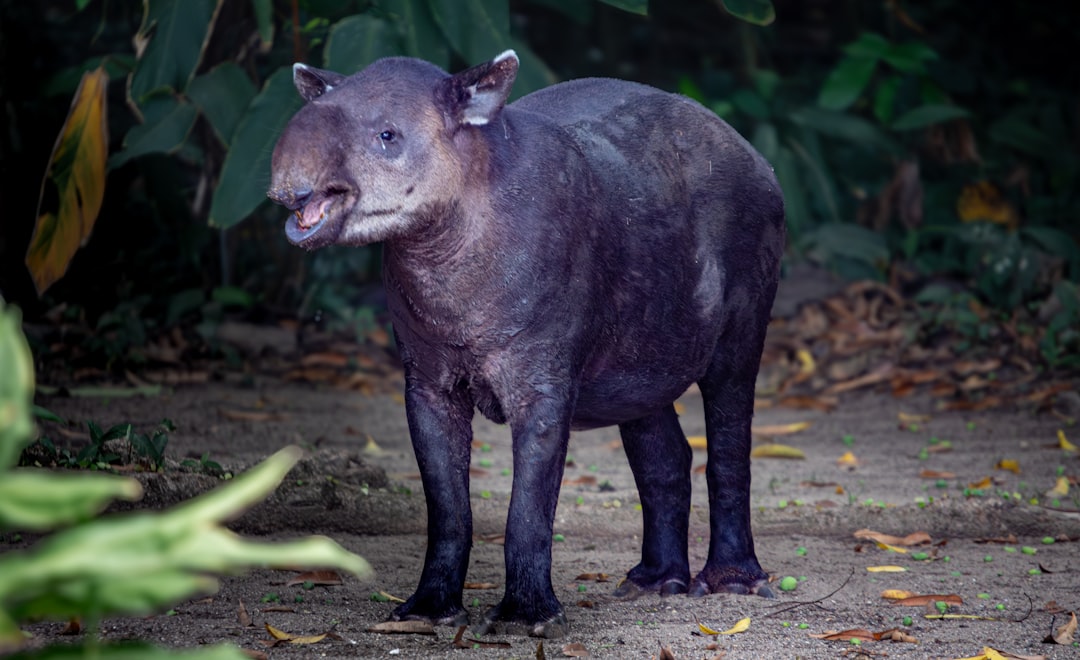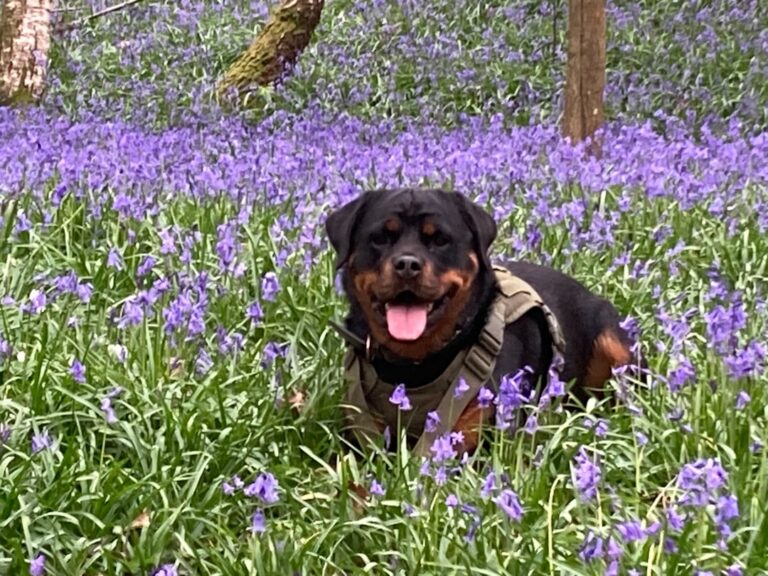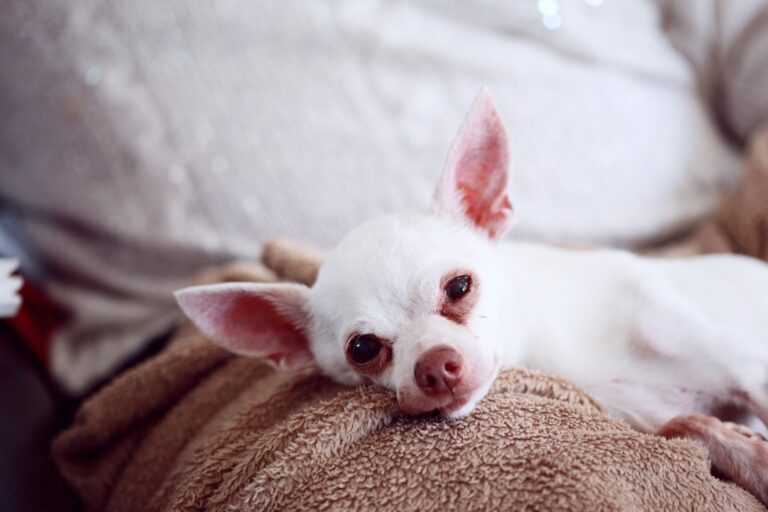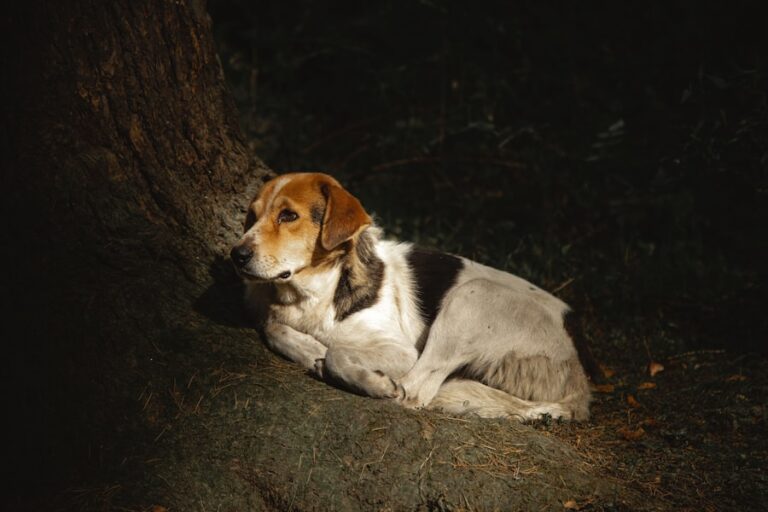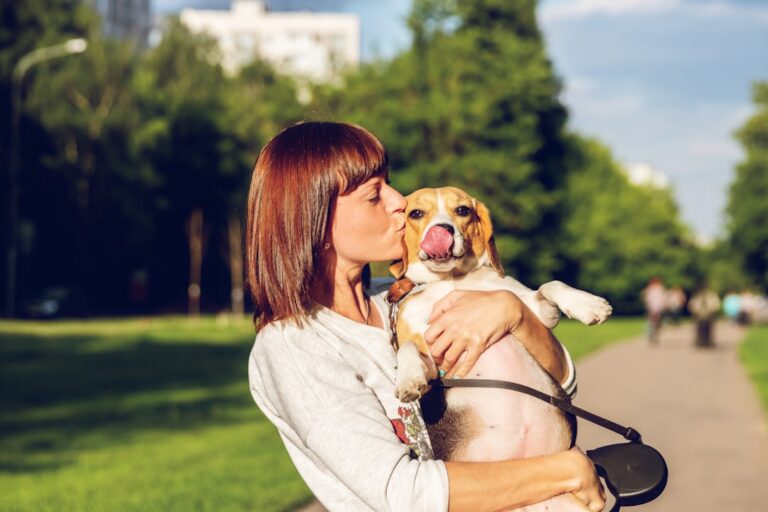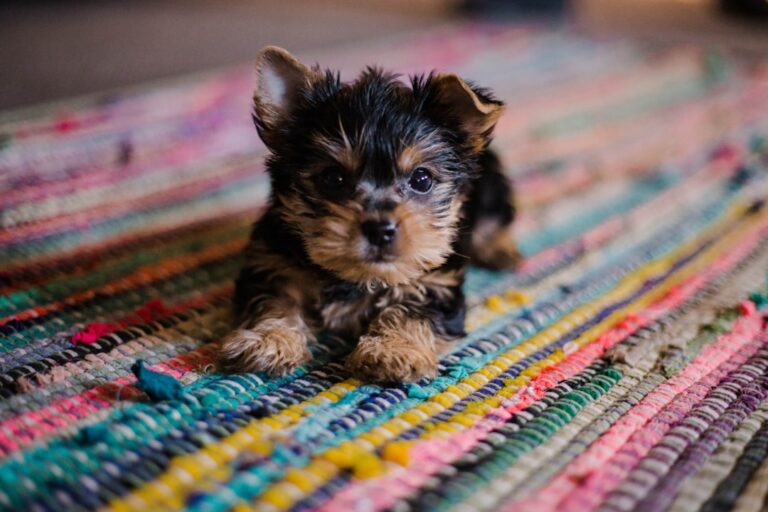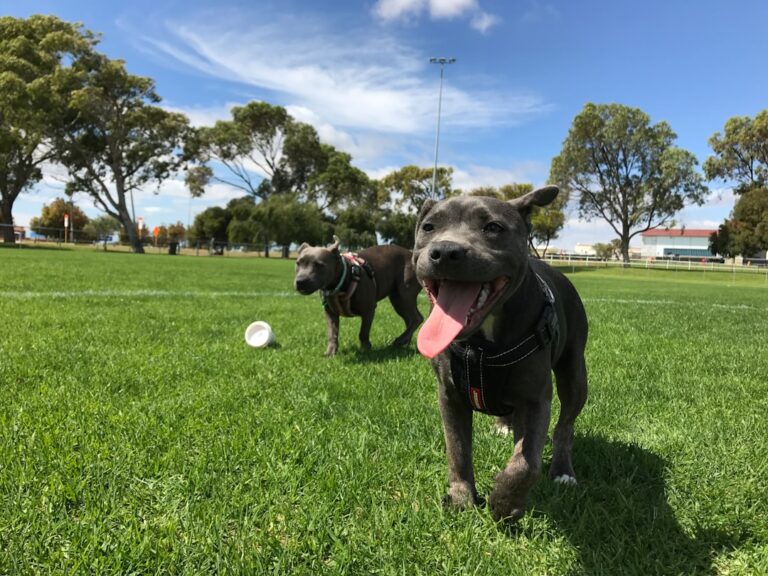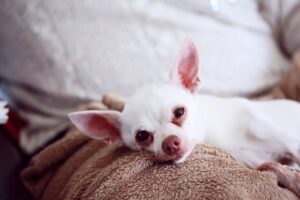The Great Dane, often referred to as the “Apollo of dogs,” boasts a rich history that intertwines with various cultures and epochs. Its origins can be traced back to ancient civilizations, where large dogs were bred for hunting and guarding. The breed is believed to have descended from the Mastiff-type dogs of the ancient Egyptians, who utilized these formidable canines for protection and companionship.
Historical records suggest that similar large breeds were present in the Roman Empire, where they were used in warfare and as status symbols among the elite. The Romans admired these dogs for their strength and loyalty, leading to their spread across Europe. In the Middle Ages, Great Danes were further refined in Germany, where they were bred for boar hunting.
The breed’s size and strength made them ideal for this dangerous sport, as they could take down large game. German nobility took a particular interest in these dogs, leading to selective breeding that emphasized not only their physical prowess but also their regal appearance. By the 19th century, the breed was officially recognized in Germany, and it was during this time that the name “Great Dane” was adopted, although the breed is known as “Deutsche Dogge” in its native country.
This name reflects its German heritage and the pride that the country takes in this majestic breed.
Key Takeaways
- The Great Dane has a long history, originating from ancient breeds in Egypt and Greece, and was later developed in Germany as a hunting and guardian dog.
- Great Danes are known for their large size, with males typically standing at least 30 inches tall and weighing between 140-175 pounds, while females are slightly smaller.
- Despite their imposing size, Great Danes are gentle, affectionate, and friendly dogs, making them great family pets and therapy dogs.
- Training and socialization are crucial for Great Danes to ensure they are well-behaved and comfortable around people and other animals.
- Great Danes require minimal grooming, but regular nail trimming, ear cleaning, and dental care are important for their overall health and well-being.
Physical Characteristics and Size of the Great Dane
The Great Dane is renowned for its impressive stature, often standing as one of the tallest dog breeds in existence. Males typically reach heights of 30 to 34 inches at the shoulder, while females are slightly smaller, ranging from 28 to 32 inches. Their weight can vary significantly, with males averaging between 140 to 175 pounds and females ranging from 110 to 145 pounds.
This substantial size is complemented by a well-proportioned body that exudes strength and elegance. The breed’s long legs and deep chest contribute to its athletic build, allowing for both grace and power. In terms of coat color, Great Danes exhibit a wide variety of patterns and shades.
Common colors include fawn, brindle, blue, black, harlequin (white with irregular black patches), and mantle (black with white markings). The coat is short and smooth, requiring minimal grooming but still showcasing the dog’s muscular physique. Their large heads are another defining feature, characterized by a broad skull and a strong jaw.
The expression of a Great Dane often conveys a sense of nobility and intelligence, making them not only physically imposing but also visually striking.
Temperament and Personality of the Great Dane
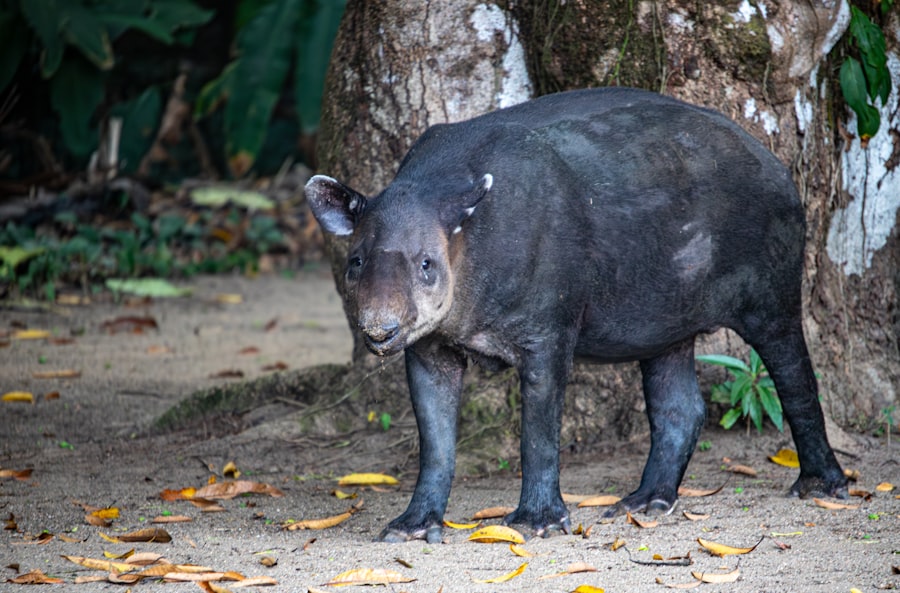
Despite their imposing size, Great Danes are often described as gentle giants. Their temperament is generally friendly and affectionate, making them excellent companions for families and individuals alike. They are known for their loyalty and protective instincts, which can make them effective watchdogs.
However, their protective nature does not translate into aggression; rather, they tend to be calm and composed around strangers once properly socialized. This combination of loyalty and gentleness makes them particularly well-suited for family life. Great Danes are also known for their playful demeanor.
They retain a sense of puppy-like exuberance well into adulthood, often engaging in playful antics that can be both entertaining and endearing. Their sociable nature means they thrive on human interaction and often seek out companionship from their owners. However, this need for socialization can lead to separation anxiety if left alone for extended periods.
Therefore, it is essential for potential owners to understand that a Great Dane requires not only physical space but also emotional engagement to flourish in a home environment.
Training and Socialization of the Great Dane
| Training and Socialization of the Great Dane | |
|---|---|
| Training Method | Positive reinforcement |
| Socialization | Early and continuous exposure to various people, animals, and environments |
| Training Challenges | Gentle but firm approach needed due to their size and strength |
| Basic Commands | Sit, stay, come, heel |
| Specialized Training | Agility, obedience, and therapy work |
Training a Great Dane requires consistency, patience, and positive reinforcement techniques. Due to their size, it is crucial to establish good manners early on to prevent any unwanted behaviors that could arise from their sheer strength. Basic obedience training should begin as soon as possible, ideally during puppyhood when they are most receptive to learning.
Commands such as sit, stay, and come are fundamental skills that will help manage their behavior as they grow larger. Socialization is equally important for Great Danes. Exposing them to various environments, people, and other animals from a young age helps them develop into well-rounded adults.
This breed can be somewhat reserved around unfamiliar situations; therefore, gradual exposure to different stimuli will help mitigate any potential fear or anxiety. Puppy classes or group training sessions can be beneficial not only for socialization but also for reinforcing training commands in a controlled setting. Engaging with other dogs will teach them appropriate play behavior and help them learn how to interact positively with their peers.
Grooming and Care for the Great Dane
Grooming a Great Dane is relatively straightforward due to their short coat. Regular brushing is recommended to remove loose hair and minimize shedding; a weekly brushing session with a rubber grooming mitt or a bristle brush is usually sufficient. Bathing should be done as needed—typically every few months or when they become particularly dirty—using a gentle dog shampoo to maintain skin health without stripping natural oils.
Dental care is another essential aspect of grooming for Great Danes. Their large mouths can be prone to dental issues if not properly maintained. Regular tooth brushing using dog-specific toothpaste can help prevent plaque buildup and maintain oral hygiene.
Additionally, nail trimming should be performed regularly to prevent discomfort or injury; ideally, nails should be kept short enough that they do not touch the ground when the dog is standing. Overall, while Great Danes do not require extensive grooming routines, regular maintenance is crucial for their health and well-being.
Common Health Issues and Lifespan of the Great Dane
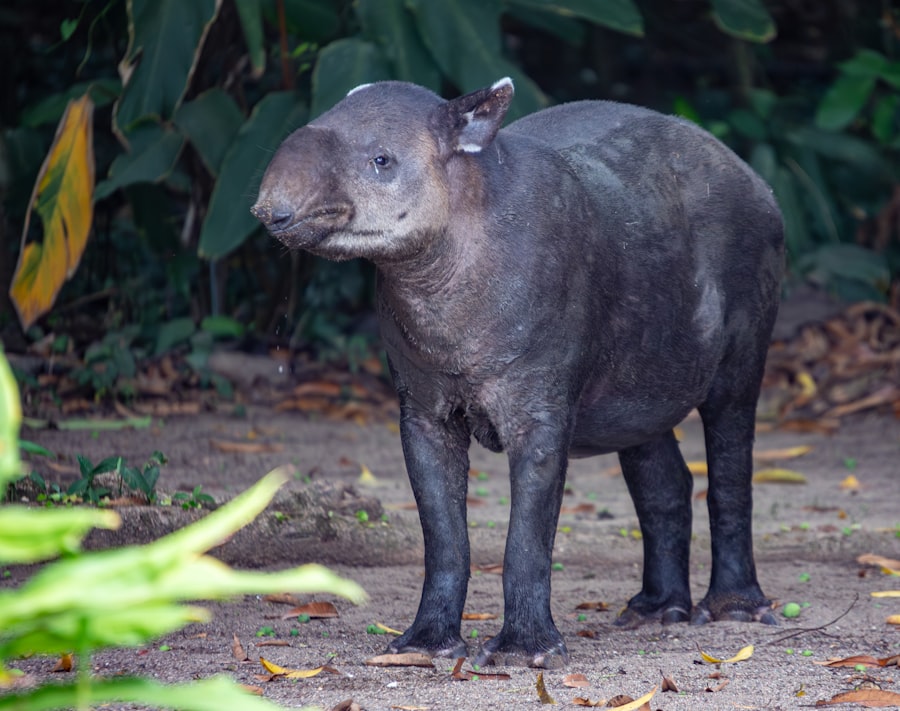
Great Danes are susceptible to several health issues primarily due to their size. One of the most common concerns is hip dysplasia, a genetic condition where the hip joint does not fit properly into the hip socket. This condition can lead to arthritis and significant pain over time.
Regular veterinary check-ups can help monitor joint health and catch any issues early on. Another prevalent health issue in Great Danes is bloat or gastric torsion, which occurs when the stomach fills with gas and twists on itself. This condition is life-threatening and requires immediate veterinary attention.
Owners should be aware of the signs of bloat—such as restlessness, drooling, or an enlarged abdomen—and take preventive measures like feeding smaller meals throughout the day instead of one large meal. The average lifespan of a Great Dane ranges from 7 to 10 years, which is relatively short compared to smaller breeds. This shorter lifespan can be attributed to their rapid growth rate and size-related health issues.
Responsible breeding practices can help mitigate some health risks; therefore, potential owners should seek reputable breeders who prioritize health testing in their breeding programs.
Exercise and Activity Needs of the Great Dane
Despite their size, Great Danes do not require excessive amounts of exercise compared to some other breeds; however, they do need regular physical activity to maintain their health and prevent obesity. Daily walks are essential—ideally two walks per day totaling at least an hour—to keep them physically fit and mentally stimulated. These walks provide an opportunity for socialization as well as exercise.
In addition to walks, Great Danes enjoy playtime in a secure yard or open space where they can run freely. Engaging in games such as fetch or tug-of-war can be beneficial for both physical exercise and bonding with their owners. However, it’s important to monitor their activity levels; due to their size, they can be prone to joint issues if overexerted or allowed to jump excessively during playtime.
Feeding and Nutrition for the Great Dane
Feeding a Great Dane requires careful consideration due to their size and specific nutritional needs. High-quality dog food formulated for large breeds is essential to ensure they receive adequate nutrients without excessive calories that could lead to obesity. Puppies require different formulations than adults; therefore, it’s crucial to choose age-appropriate food that supports healthy growth rates without causing rapid weight gain.
Portion control is vital when feeding a Great Dane; overfeeding can lead to bloat or obesity-related health issues. Many owners opt for feeding multiple smaller meals throughout the day rather than one large meal to reduce the risk of bloat. Additionally, monitoring their weight regularly will help ensure they remain within a healthy range.
Hydration is equally important; fresh water should always be available to keep them hydrated, especially after exercise or during hot weather. Some owners may choose elevated feeding bowls to reduce strain on their necks while eating; however, this should be approached with caution as it may increase the risk of bloat in some dogs.
Living with a Great Dane: Considerations for Potential Owners
Owning a Great Dane comes with unique considerations due to their size and temperament. Potential owners must ensure they have adequate space in their homes; while they can adapt to apartment living if exercised sufficiently, larger homes with yards are ideal for this breed’s comfort. Their size also means that furniture arrangements may need adjustment; ensuring there’s enough room for them to move around without knocking things over is essential.
Additionally, prospective owners should consider the financial implications of owning a Great Dane. Their size translates into higher costs for food, grooming supplies, veterinary care, and potential health issues associated with larger breeds. It’s important for potential owners to budget accordingly and ensure they are prepared for both routine expenses and unexpected medical costs.
Socialization needs must also be taken into account; Great Danes thrive on companionship and may experience anxiety if left alone for long periods. Therefore, individuals who work long hours may need to consider hiring a dog walker or enrolling their dog in daycare programs that cater specifically to large breeds.
Great Dane as a Family Pet: Interactions with Children and Other Pets
Great Danes are often excellent family pets due to their gentle nature and affectionate disposition towards children. They tend to be patient and tolerant companions who enjoy engaging in playtime with kids. However, due to their size, supervision during interactions is crucial; even playful nudges can unintentionally knock over small children or cause injury if not monitored closely.
When introducing a Great Dane into a household with existing pets, gradual introductions are key. While many Great Danes get along well with other dogs and even cats when properly socialized from an early age, each dog’s temperament varies individually. Ensuring that all pets feel secure during introductions will help foster positive relationships within the household.
It’s also important for families with children to teach kids how to interact respectfully with dogs—this includes understanding boundaries such as not disturbing them while eating or sleeping. Educating children about canine body language will promote safe interactions between them and their canine companion.
When considering adding a Great Dane to your family, prospective owners have two primary options: purchasing from a breeder or adopting from a rescue organization. Each route has its advantages and considerations that should be carefully weighed before making a decision. Choosing a reputable breeder allows potential owners access to puppies bred specifically for health traits and temperament characteristics associated with the breed standard.
Responsible breeders conduct health screenings on parent dogs for common genetic issues such as hip dysplasia or heart conditions before breeding them together; this practice helps ensure healthier puppies overall. On the other hand, adopting from a rescue organization provides an opportunity to give a home to a dog in need while potentially saving money compared to purchasing from breeders. Many rescue organizations assess dogs’ temperaments before placing them in homes; this means prospective owners may find adult dogs already trained or socialized appropriately for family life.
Regardless of which option you choose—breeder or rescue—it’s essential to conduct thorough research before making your decision. Visiting facilities or meeting potential pets in person will help ensure compatibility between your lifestyle needs and those of your future canine companion.



